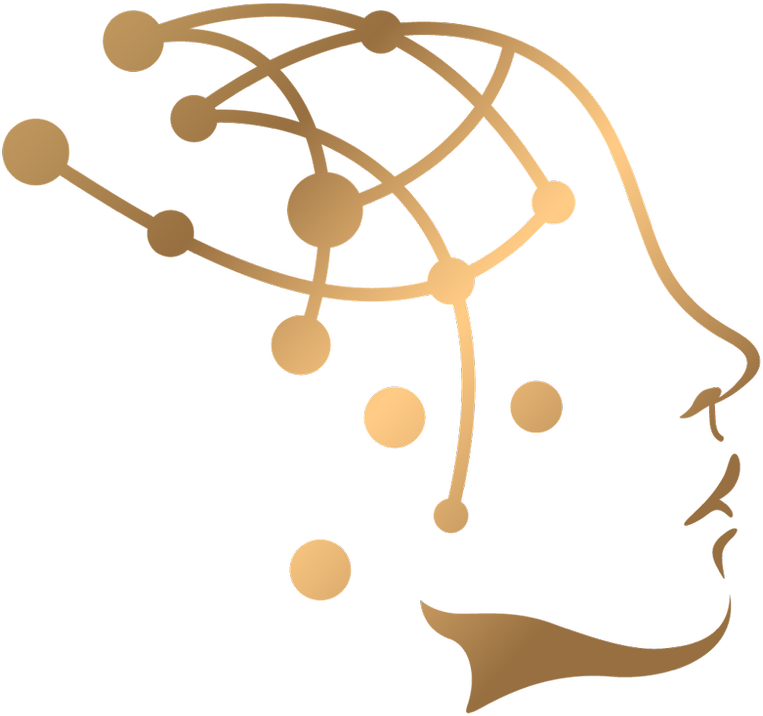
Acceptance and Commitment Therapy (ACT)
Acceptance and Commitment Therapy (ACT) encourages people to embrace their thoughts and feelings rather than fighting or feeling guilty for them. ACT differs from cognitive behavioural therapy (CBT) in that the goal of ACT is not to reduce the frequency or severity of unwanted thoughts, emotions, or urges.
Instead, ACT teaches strategies and skills to accept these experiences while simultaneously increasing your involvement in activities that matter the most to your life. Research shows that ACT tends to be just as effective as CBT and other forms of support.
Sessions can also include mindfulness exercises during the session or as homework to practice between sessions. The best predictor of outcomes is practice between sessions, so all of the homework is agreed upon first, and can be modified to make it as personal and useful as possible.
Focused ACT, 30-minute sessions. Same or next day meetings, in person or online.
Focused and intentional change.
We can achieve better outcomes specifically by focusing sessions.
People choose Focused ACT because they don’t know where to start and get overwhelmed. These sessions are structured differently; they are not simoly a shorter version of a standard session.
When problems are compounded, that’s often when people begin to feel stuck. In a 30-minute brief session, we focus on one problem and create a manageable intervention aimed at building momentum.
Problems are also more interconnected than people think. Anxiety, distractions, and social isolation might seem like three distinct problems, but they all have the same root cause: avoidance. If we can identify and target that core avoidance agenda, progress in one particular area will inevitably lead to improvement in others, like a row of dominoes falling.
Starting with a shorter timeline can become a self-fulfilling prophecy. This brief session is not only enough to make changes, but client’s are actually more likely to succeed in the long run than when work is drawn out over dozens of visits.
OCD, Anxiety, fears and phobias.
If you or your child are living with OCD, you know that all areas of life are affected.
The first line of treatment is Exposure and Response Prevention (ERP). This form of treatment is a type of Cognitive Behavioural Therapy (CBT). About 70% of people will benefit from ERP and/or medication for their OCD in 12-16 sessions.
Anxiety and OCD are typically maintained by avoidance. Exposure to the anxiety inducing situations is a highly-effective way to challenge the anxiety itself.
OCD in kids and teens downloadable brochure.



